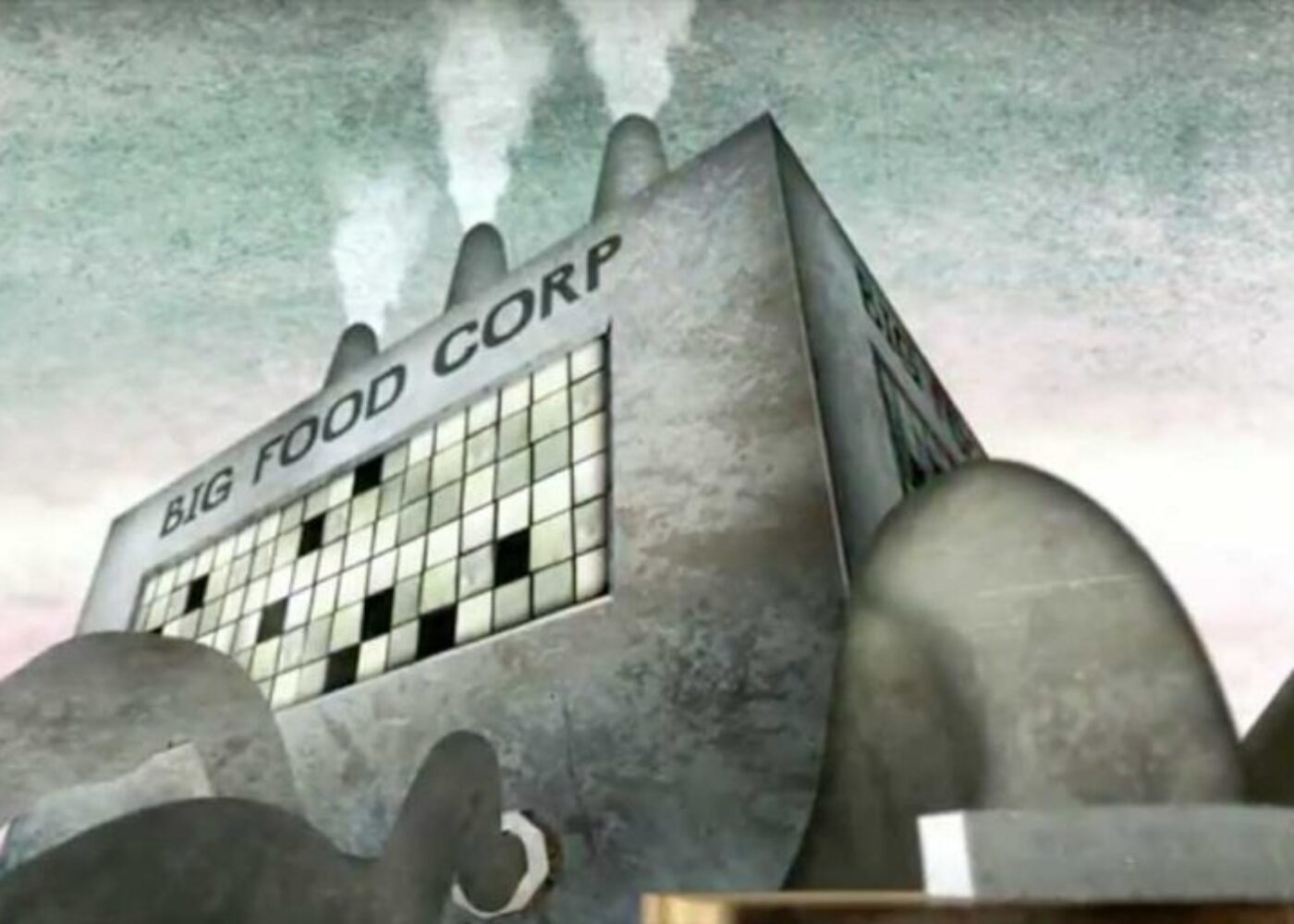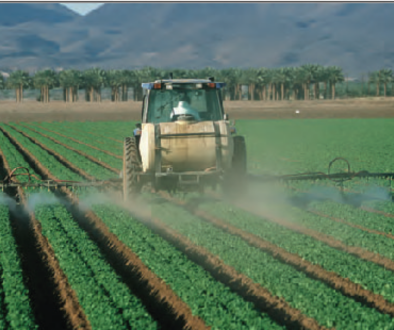Investment Insight: 90% of S&P 500 Bankruptcies Had This In Common

As the CEO of Mars recently stated in an interview, “Right now, the global supply chain is broken. We’re taking more out of the planet than is sustainable. And we have to fix that.”
It’s an important call to action. The food system is broken, as I wrote about in my book, The Unhealthy Truth, How Our Food is Making Us Sick and What We Can Do About It (Random House).
A growing number of companies from Danone to General Mills are recognizing that their supply chains do not meet the needs of 21st century families, so they are taking action. Global organic food sales topped $100 billion in 2018 and have grown 483% since 2000. However, only 1% of U.S. farmland is organic.
Farmers alone are unable to transition, given their backbreaking financial situation. In the U.S., there is over $426 billion in farm debt, with the Wall Street Journal reporting that the median farm income is negative, a negative $1, 548.
As the food industry begins to replant capital and embrace regenerative, organic agriculture, Wall Street needs to ask better questions and employ relevant metrics.
One way to capture this is to look at the trends in sustainable investing.
A recent article by Joel Makower, the Chairman and Executive Editor of the GreenBiz Group, highlights what is happening:
“The S&P 500 in October had a market capitalization of just over $25 trillion.
There remains a huge gap between interest in sustainable investing and actual investments. A recent white paper (PDF) from Morgan Stanley’s Institute for Sustainable Investing reported that a whopping 85 percent of investors it surveyed said they are interested in sustainable investing, an increase from 71 percent who indicated interest in a similar survey in 2015.
For more than two decades, sustainability reporting has been a relative backwater of corporate finance, of interest primarily to a small niche of socially minded investors. Increasingly, it is expected to approach the importance of financial reporting.
According to the US SIF Foundation’s 2018 Report on US Sustainable, Responsible and Impact Investing Trends, as of year-end 2017, just over $1 out of every $4 under professional management in the United States — $12 trillion or so — was invested according to socially responsible investment strategies.
For good reason. ESG (Environmental, Social and Governance) investing is no longer merely a vehicle only for so-called socially responsible investors. Increasingly, the process goes to the heart of investing fundamentals.
According to the B of A report, “ESG is the best measure we’ve found for signaling future risk,” superior to leverage or other risk and quality factors. Moreover, “90 percent of bankruptcies in the S&P 500 between 2005 and 2015 were of companies with poor Environmental and Social scores five years prior to the bankruptcies,” the analysts wrote.
They concluded: “Analyzing financial metrics alone simply won’t suffice anymore.”
Let’s repeat that last statement: Analyzing financial metrics alone simply won’t suffice.
How well does Wall Street know the Chief Sustainability Officers at the publicly traded companies? How well does Wall Street understand the B Corporation certification?
Because if the goal is to fix the broken food system, as stated by the CEO of Mars, the truth is you can’t fix a broken food system with a broken financial system.





